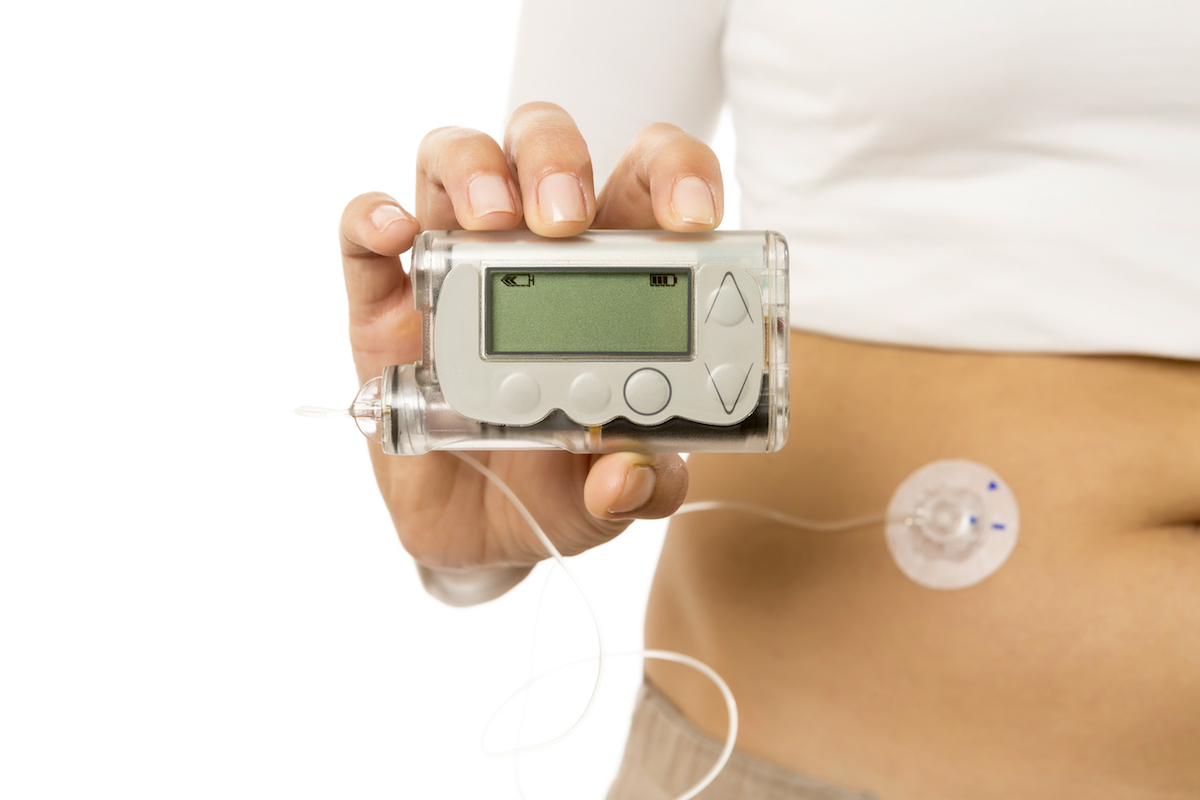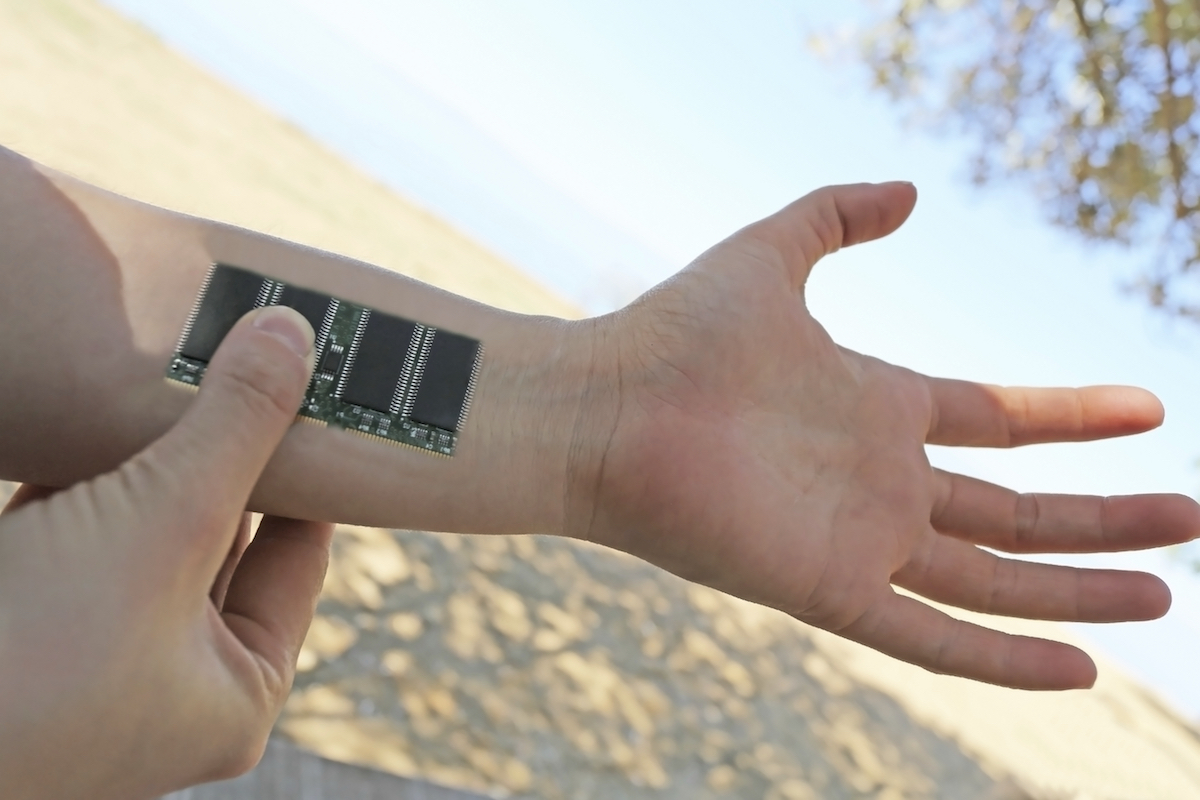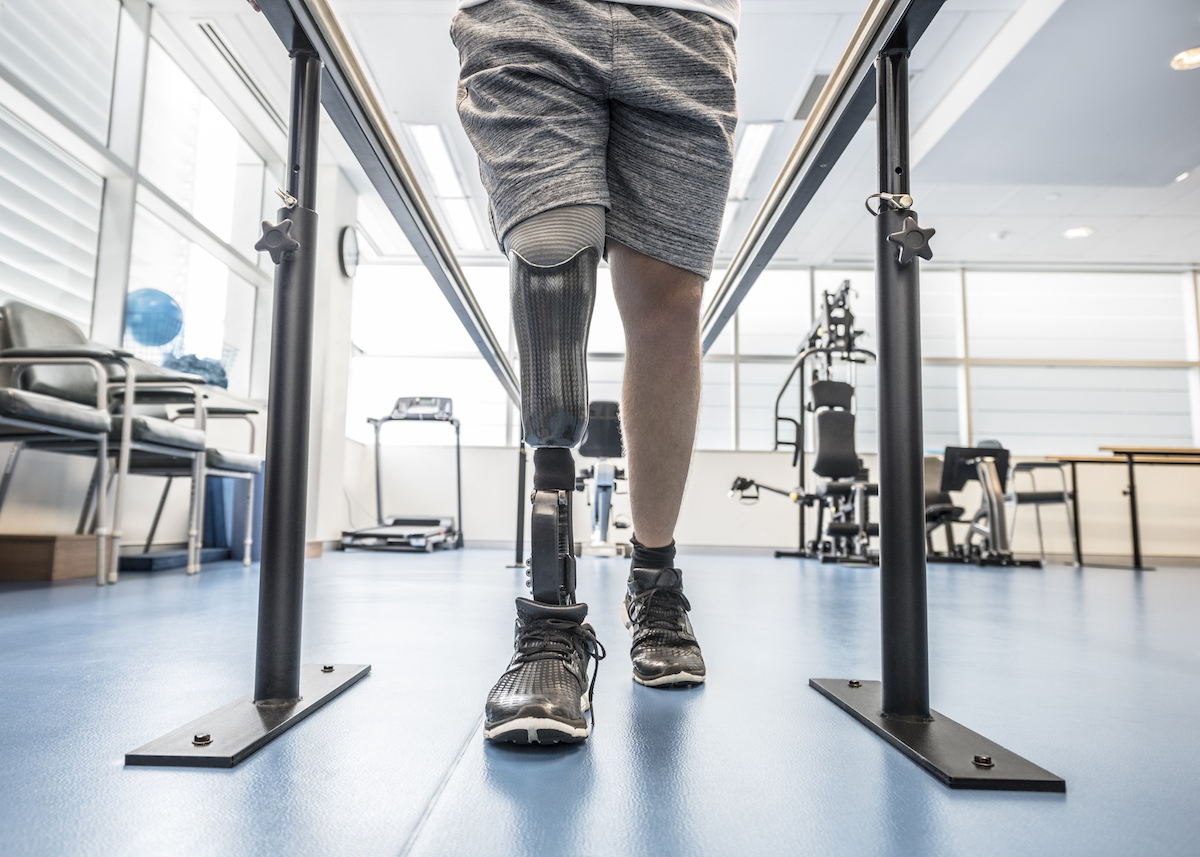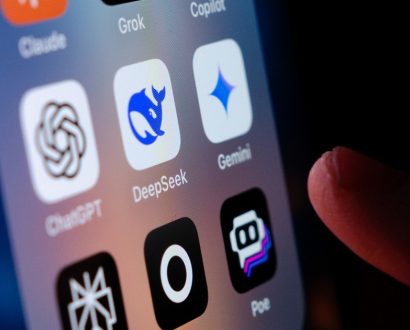Faced with disability, we mix art with engineering to make tools that recreate lost form and function. For most of history, prosthetic devices have been little more than variations on a theme; rigid, static models of human anatomy that are strapped to a body. They might provide adequate form, but function has often been limited.
Humans are more than meat and bone. We are symphonies of biology, intricately tuned by networks of nerves and currents of hormones. The 20th century saw a great many materials and technologies contribute to the advancement of prosthetic limbs, cochlear implants, and even synthetic hearts, steadily bridging the divide between our bodies and our tools. And in the 21st century, smart technologies are providing us with a stepping stone that integrates intelligent devices with our bodies.
Continuous Glucose Monitor: Literally a lifesaver
Izzy and Mickey Muddle are 2 of the cutest ‘cyborgs’ you could ever meet. For most of their young lives, the 8-year-old twins have suffered the highs and lows of type 1 diabetes. In previous generations, diabetics regularly drew blood from their finger to test their glucose levels, and then injected themselves with the hormone insulin, allowing their cells to absorb sugar from their bloodstream.
Fortunately for the twins, their daily routine of glucose checks and insulin injections is now simplified by an insulin pump, and an implantable device called a Continuous Glucose Monitor, or CGM.
insulin pump.
“A Continuous Glucose Monitor is a sensor that sits just under the skin, testing the tissue fluid’s glucose levels every 5 minutes,” explains their mother, Peta. The data is transmitted to a receiver — which can be a smart phone — providing continuous information on their glucose levels which is used to calculate a dosage for the insulin pump.
None of this technology replaces the complex organ responsible for the production of insulin. Yet the CGM is a glimpse of a future where technological analogies faithfully take the place of failed biology, where electronics and software augment our muscular, nervous and endocrine systems.

For parents of diabetic children, the CGM can literally be a lifesaver. “During the night, the girls don’t feel when their body’s glucose levels go low or high,” says Peta. “The CGM will alarm and wake me if their levels get out of control.” The alternative is for Peta to routinely check their levels through the night.
The artificial pancreas: mimicking complex biology with technology
In the near future, Peta will be able to sleep even more soundly with the development of the ‘artificial pancreas’. The JDRF is a research organisation dedicated to the funding of type 1 diabetes research.
Director Vincent Crabtree explains that the artificial pancreas monitors glucose levels around the clock and automatically provides the right amount of insulin, and potentially other blood-sugar stabilising hormones, at the right time. “The heart of the system — sophisticated computer algorithms that live on a smartphone or similar device — will link to a continuous glucose monitor sensor and insulin pump to determine blood sugar trends and control insulin delivery,” says Vincent.
We rely on our arms, legs, hands and fingers to wilfully engage with our surroundings, which means any technological replacement needs to not only be adaptable, but it has to interface with our mind as well.
The first of these systems has been approved for home use, so Izzy and Mickey can expect to have their hands on such technology within the next couple of years. While the artificial pancreas falls short of replicating the full range of tasks a healthy organ manages, it is a small step towards mimicking complex biology with technology.
Osseointegration: no more blisters
Our limbs aren’t as biochemically complex as a pancreas; however, they are engineering marvels of nerve, bone, muscle and ligament. We rely on our arms, legs, hands and fingers to wilfully engage with our surroundings, which means any technological replacement needs to not only be adaptable, but it has to interface with our mind as well.
In spite of millennia of innovation, creating prosthetic limbs that can match our own continues to present numerous challenges. University of Central Lancashire cognitive neuroscientist Oliver Kannape points out that a persistent problem is connecting an artificial limb to our body. He quotes the pioneering American biophysicist Hugh Herr, saying: “One of the most mature, oldest technologies in the human timeline, the shoe, still gives us blisters.”
“As the increased understanding of our neurophysiology is met with technological advances, our definition of the human body and human ability may require an update.” – Oliver Kannape, University of Central Lancashire.
“Similarly, the vast majority of prostheses are currently attached using socket suspension systems that are often painful and cause skin irritations,” says Oliver. “A novel approach is to directly attach the prosthesis to the bone of the residual limb — a method called osseointegration — improving stability and minimising discomfort. However, the technique still carries the risk of infections or mechanical failure at the implant connection.”

Early this year in the US, John Hopkins Hospital conducted the world’s first operation of this kind, integrating a socket with an amputee’s residual limb. This allowed the patient to attach an advanced prosthesis called a Modular Prosthetic Limb, forgoing the need for an uncomfortable sling.
Motorised limbs controlled directly by the brain
Historically, motorised limbs have been operated by flexing and tensing residual limb muscles. The Applied Physics Laboratory at John Hopkins is developing a neural interface that aims to remove as much of the middle man as possible, creating sensors that record signals from not just muscle movements, but peripheral nerves and the brain’s cortex. Ideally, an interface would one day make use of the very brain tissue responsible for the original limb’s movements and sensations.
Oliver’s research in neurology has explored how we might use the brain to directly control prosthetic limbs. While new research is reconsidering traditional models of neuroplasticity and lost limbs, he still thinks it’s possible cortical resources could be used to control prostheses.
Advanced technology might do more than improve lives; it could alter the way we view the very nature of disease and disability. As technology integrates more finely with our body’s systems, what was once considered a disability of the body will be more considered a niche for technology.
Oliver cites another of Hugh Herr’s inspiring quotes, who claimed ‘humans are never broken’, but rather it’s technology that limits us. “As the increased understanding of our neurophysiology is met with technological advances,” Oliver says, “our definition of the human body and human ability may require an update.”







